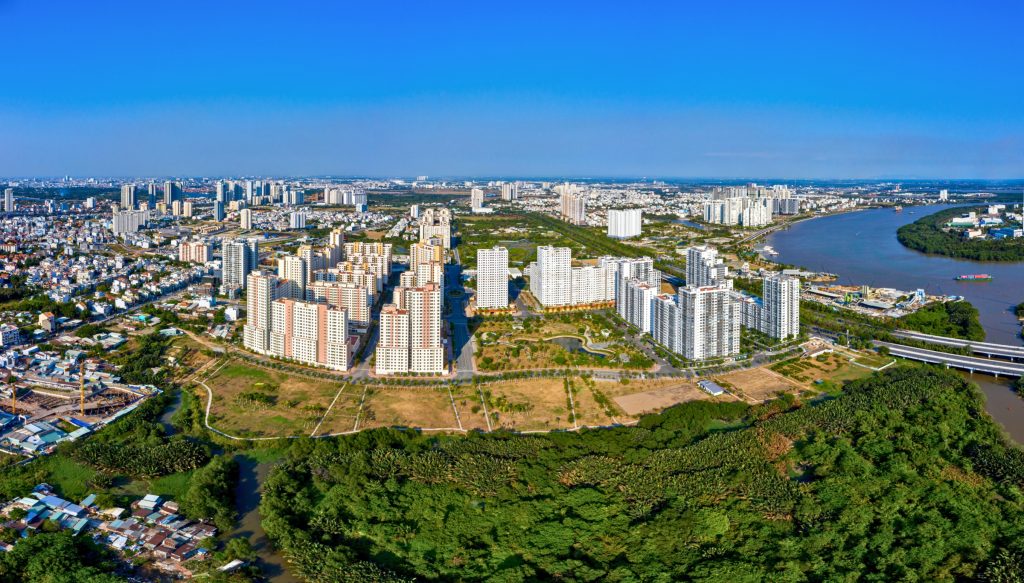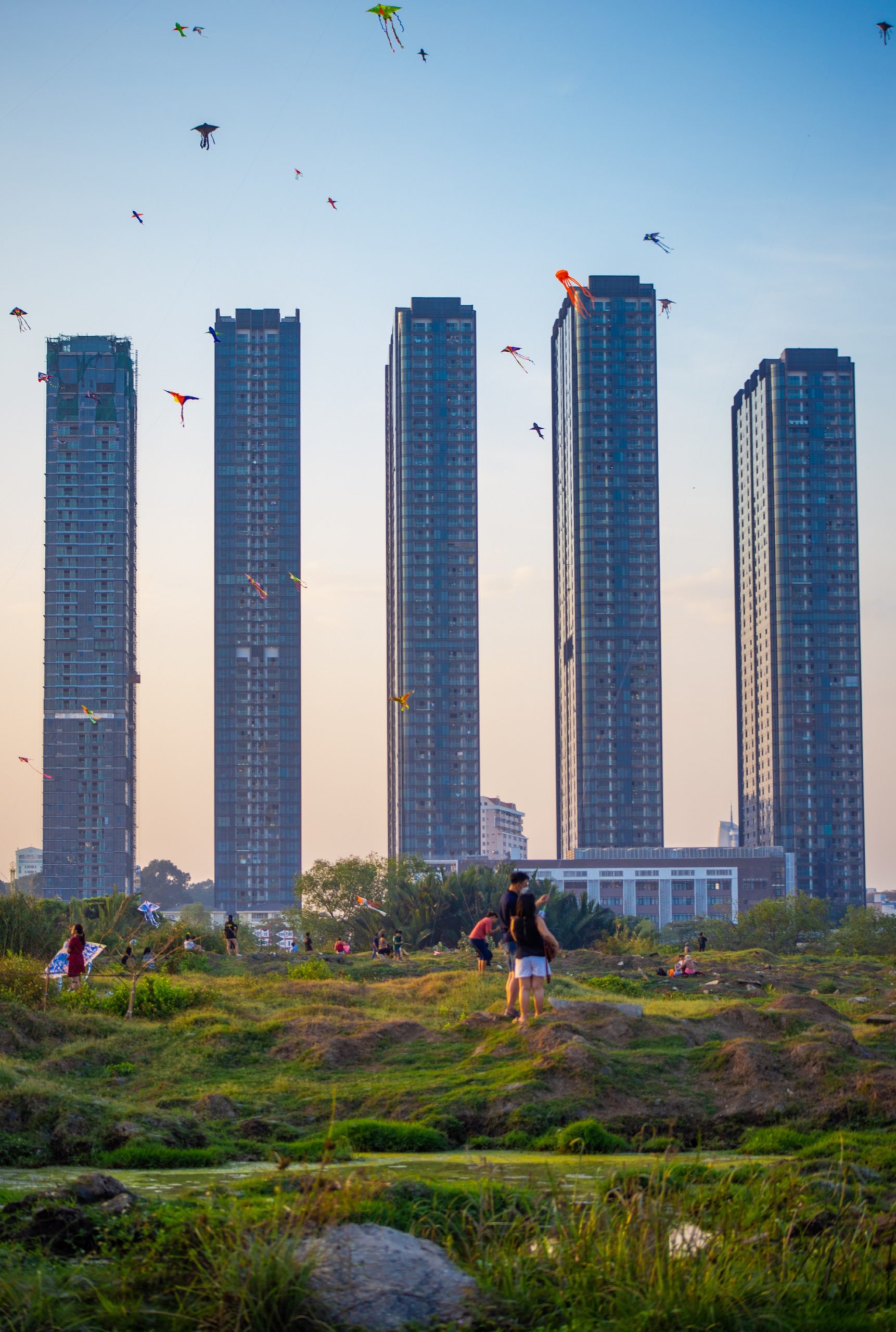VIETNAM’S NEW HOUSING LAW: BREAKING THE MOLD
Vietnam’s Housing Law of 2023 represents a bold step forward in addressing the nation’s housing needs. By expanding eligibility, empowering local authorities, and introducing financial mechanisms to bridge the urban-rural divide, the law is poised to make a significant impact. Hanoi Capital City and Ho Chi Minh City are leading the charge, each with their unique approaches and challenges.
Vietnam’s Housing Law of 2023: A Game-Changer in Social Housing
Effective August 01, 2024, Vietnam’s Housing Law of 2023 is set to revolutionize the nation’s social housing landscape, introducing reforms that could reshape real estate and drive social equity.
Expanding Eligibility: A Strategic Move
The new law retains the core provisions of its 2014 predecessor but significantly broadens the eligibility criteria. Now included are family members of martyrs needing housing improvements, workers in various enterprises and cooperatives, and state-paid cryptographic personnel. This expansion isn’t just about inclusivity—it’s a strategic move to stabilize the workforce and address a broader range of social needs. The government is making a clear statement: access to housing is a priority, and they’re willing to put policy muscle behind it.
Empowering Local Authorities: Decentralized Decision-Making
One of the law’s standout features is Article 77, Clause 1, which empowers provincial-level People’s Committees to support social housing initiatives tailored to their local contexts. Poor and near-poor households in rural areas, especially those frequently hit by natural disasters and climate change, stand to benefit. This decentralized approach ensures that solutions are customized, timely, and effective, directly addressing regional vulnerabilities.
Financial Accessibility: Bridging the Urban-Rural Divide
Article 77, Clause 5, introduces preferential loans for these newly eligible groups to acquire social housing. This policy could be a game-changer, democratizing home ownership and bridging the urban-rural divide. It’s an ambitious move towards nationwide social equity, ensuring that economic constraints don’t bar citizens from having a place to call home.
Hanoi’s Bold Vision: Leading the Charge
Hanoi is at the forefront of this social housing revolution with plans to add 30,000 units. The city has earmarked 15 large plots for comprehensive social housing projects, including zones for worker housing near industrial parks, each expected to develop around 2,000 units. Recently, Hanoi approved investment policies for four independent social housing projects, totaling about 1 million square meters of floor space, with a competitive bidding process for investor selection.
The city’s ambition aligns with the government’s broader plan to develop at least 1 million social housing units by 2025. Hanoi is tasked with completing 18,700 units, and it’s making impressive progress: 30 completed projects with nearly 1.7 million square meters of floor space and 58 ongoing projects totaling nearly 60,500 units. Additionally, substantial land reserves are designated for social housing construction within commercial housing and urban development zones.
Ho Chi Minh City’s Steady Progress: A Quiet Revolution
Ho Chi Minh City is also making significant strides, albeit in a quieter manner. The Department of Construction reported the completion of two social housing projects in the first half of 2024, adding 610 units and 50,831 square meters of floor space.
Since the start of the current term in 2021, the city has completed four projects, including three social housing and one worker accommodation project, totaling 1,233 units and 112,385 square meters of floor space. Six social housing projects are currently under construction, totaling 4,386 units.
Market Dynamics: A Surge in Transactions
The first half of 2024 witnessed a dramatic uptick in real estate transactions, with around 20,600 deals, tripling the number from the same period last year. The condominium segment, in particular, saw significant activity. The Vietnam Association of Realtors (VARS) reported approximately 14,400 successful transactions in Q2, mostly in condominiums. Sales in the affordable, high-end, and luxury segments rose by 2%, 13%, and 7%, respectively, compared to the previous quarter. High-end condominiums (priced above VND 50 million per square meter) dominated, accounting for over 40% of transactions. Low-rise buildings and land plots also saw a 60% increase in sales compared to Q1.
Sectoral and Regional Insights: A Tale of Two Cities
According to the Ministry of Construction, the real estate market in the first half of 2024 was more dynamic, increasing by 11% compared to the latter half of 2023. Improved liquidity was observed across all segments, with each quarter outperforming the last. In the northern region, better supply drove market activity, with VARS reporting over 19,700 new products launched in Q2, triple the quarterly average.
Over 60% of this new supply came from northern projects. In the past five years, Hanoi’s condominium market has grown by 58%, outpacing Ho Chi Minh City’s 27%. By Q2, primary prices in Hanoi were nearing VND 60 million per square meter, close to Ho Chi Minh City levels. For land plots, VARS noted that products under VND 2 billion in some northern provinces began to increase by 5-10%, while prices in the south remained stable.
Get professional insights in Vietnam properties, residential leasing and asset management by Arcadia Consulting Vietnam, reach our Residential Services team at rs@arcadia-consult.com.vn.


